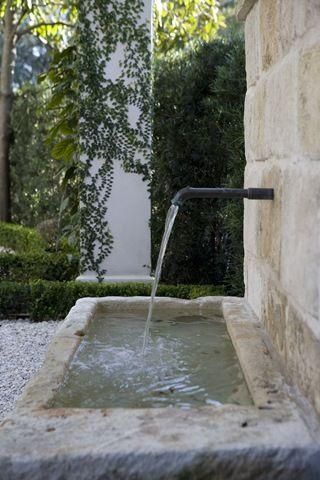Garden troughs are a versatile and stylish addition to any garden, providing a practical solution for planting a variety of different plants and flowers. They can also be used to create a beautiful focal point in your outdoor space, adding a touch of rustic charm to your garden.
If you’re considering adding garden troughs to your outdoor space, there are a few things to consider before making your purchase. In this ultimate guide, we’ll take you through everything you need to know about choosing and using garden troughs.
Choosing the Right Size and Material
When selecting garden troughs, the first thing to consider is the size and material of the trough. Troughs come in a variety of sizes, so it’s important to choose one that will fit in the space you have available and accommodate the plants you wish to grow.
In terms of materials, you can choose from a range of options including wood, metal, and plastic. Wood troughs are popular for their natural look and ability to blend in with the surroundings, while metal troughs are durable and can add a contemporary touch to your garden. Plastic troughs are lightweight and easy to move around, making them a practical choice for smaller gardens.
Placement and Drainage
Before placing your garden troughs, consider the location and whether it receives enough sunlight for the plants you wish to grow. Most plants require at least six hours of sunlight per day to thrive, so choose a spot that gets plenty of sunshine.
Proper drainage is also essential for the health of your plants, so make sure your trough has drainage holes to allow excess water to escape. You can also add a layer of gravel at the bottom of the trough to improve drainage and prevent waterlogging.
Choosing Plants for Your Trough
When it comes to choosing plants for your garden trough, the possibilities are endless. You can grow a variety of plants, from colorful flowers to herbs and vegetables. Consider the size of your trough and the amount of sunlight it receives when selecting plants, as some plants require more space and sunlight than others.
Herbs such as basil, thyme, and parsley are popular choices for garden troughs, providing a fresh supply of herbs for cooking. For a pop of color, consider planting annual flowers like petunias, marigolds, and geraniums. If you’re looking to grow vegetables, options like tomatoes, peppers, and lettuce are well-suited for troughs.
Caring for Your Garden Trough
To keep your garden trough looking its best, regular maintenance is key. Water your plants regularly, making sure not to overwater or underwater them. Fertilize your plants periodically to provide them with the nutrients they need to thrive.
Keep an eye out for pests and diseases, as they can quickly spread and damage your plants. If you notice any signs of pests or disease, take action promptly to prevent further damage.
In conclusion, garden troughs are a stylish and practical addition to any garden, providing an opportunity to grow a wide variety of plants in a compact space. By choosing the right size and material, selecting the right plants, and providing proper care, you can create a beautiful and thriving garden trough that will enhance the beauty of your outdoor space.




















